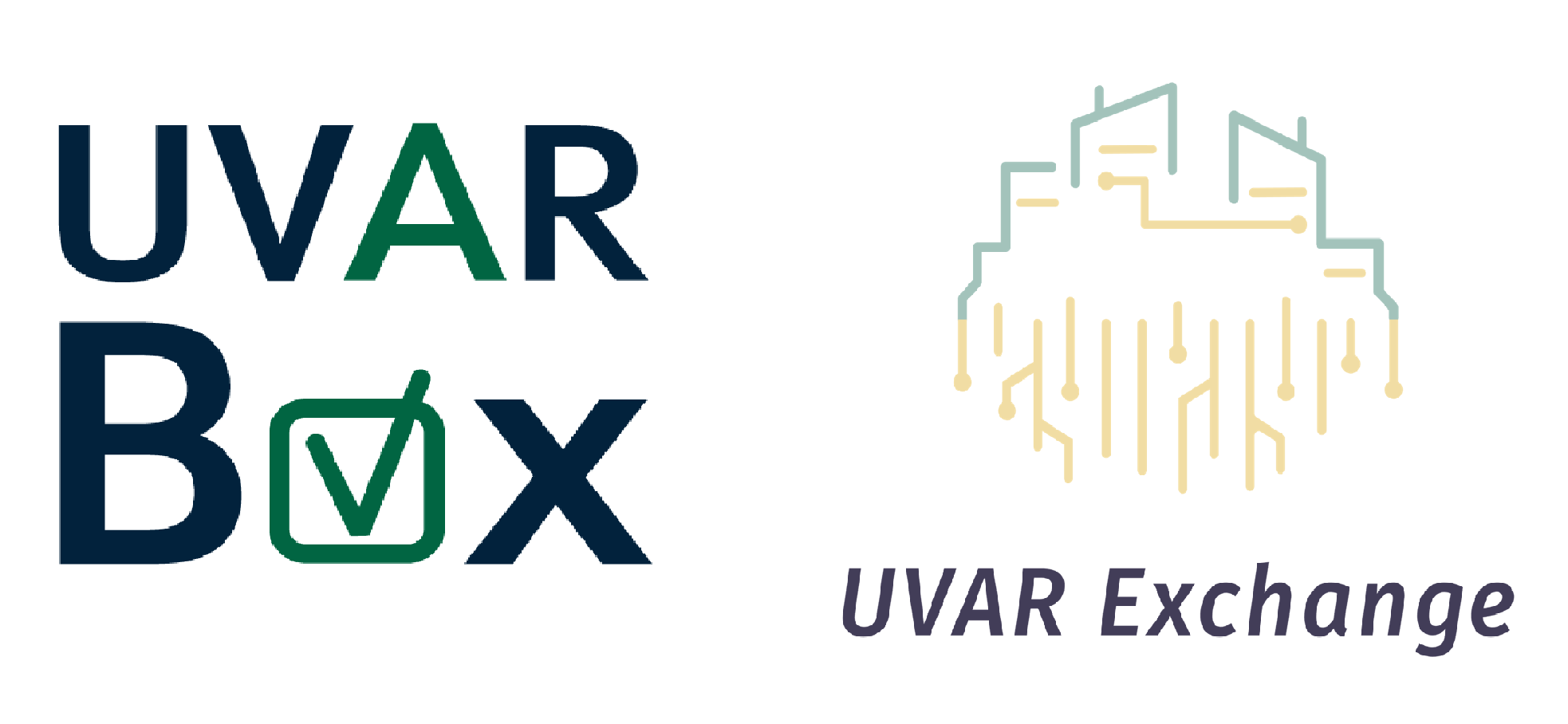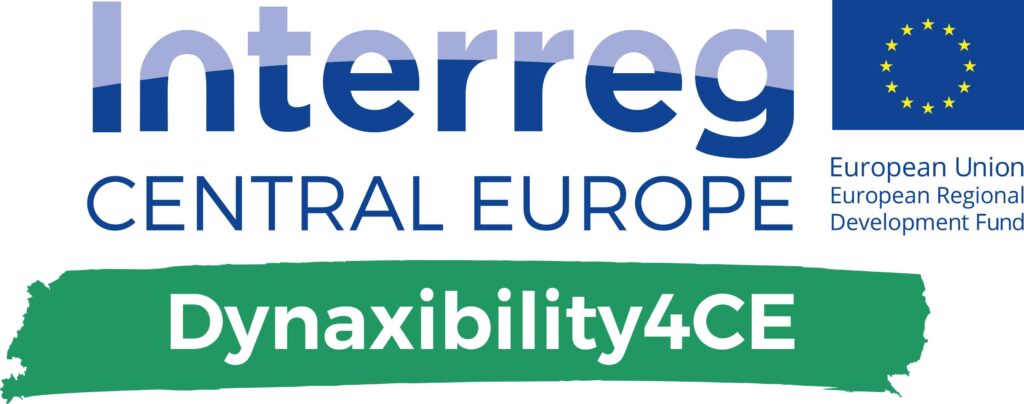Our friends from Dynaxibility4CE are organising a workshop on UVAR & air quality guidance, which will take place on 29 March 2022 from 14:00-16:00 online.
The workshop will allow UVAR experts to provide feedback concerning the annex to the UVAR Topic Guide, which is currently been drafted by the project consortium. Thus, we invite all UVAR Box experts to utilise the opportunity to increase the outreach of UVARs in (Central-) Europe and beyond.
During this workshop, Dynaxibility partners will present two of the main outputs of the project:
- The UVAR SUMP Topic Annex is meant to complement the UVAR SUMP Topic Guide developed in 2019.
To expand the original document, the annex looks at UVARs beyond urban centres, helping local authorities to implement UVARs and connect the UVAR concept with the surrounding areas, the so-called Functional Urban Areas (FUA). The annex also includes UVAR Best practices relevant to Central Europe and an UVAR Operational library, an attempt to harmonize all guidelines and tools dedicated to UVAR coming from EU funded projects. The guidelines for air quality data collection and management approaches for clean mobility represent an attempt to put together major issues associated to mobility and air quality. The first part of the guidelines presents the main links between air quality and mobility issues, setting up the framework of the guidelines themselves. One section is devoted to the collection of mobility information that is relevant for air quality assessment, with a specific focus on data collected among the municipalities involved in Dynaxibility project. - The second part of the guidelines is devoted to the monitoring of air pollutants, starting from the reference approach (standard monitoring stations), but also introducing new cutting-edge techniques which are recently developing. In addition, the document includes a review of the most important tools currently used to assess air quality in a specific section with some insights on the most used techniques.
The aim of the workshop is to introduce these two outputs to cities and relevant stakeholders working on UVARs and air quality, and gather their feedback and comments.

